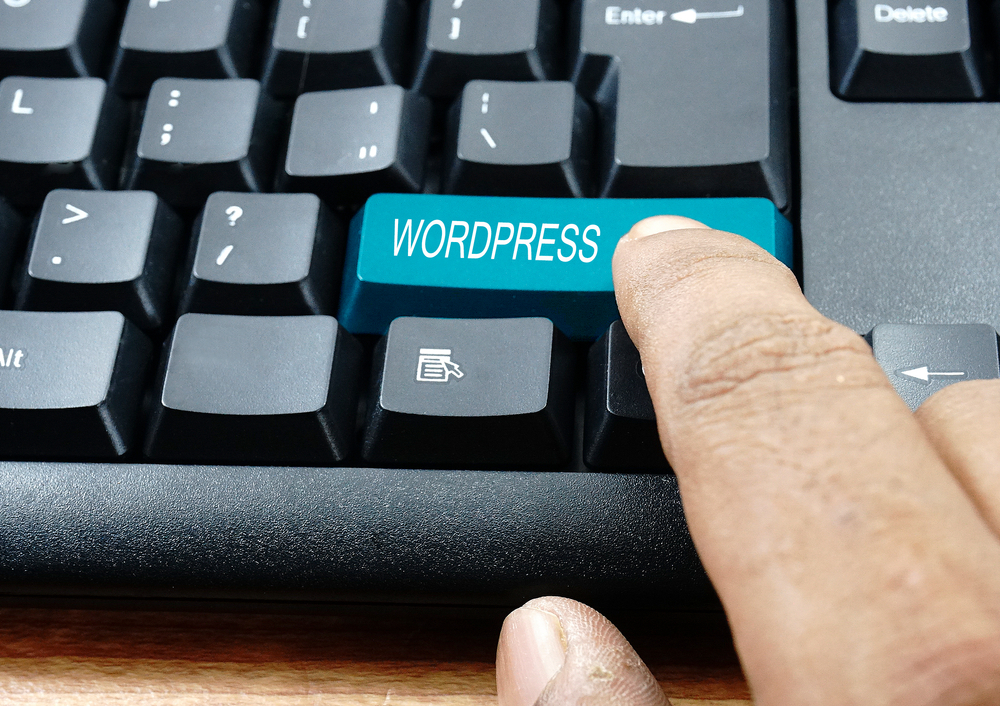
WordPress is undoubtedly one of the most popular and widely used content management systems (CMS) available today. With its user-friendly interface and extensive customization options, WordPress has become the go-to platform for millions of website owners and bloggers worldwide. In this comprehensive guide, we will explore some essential tips and tricks for customizing and maintaining your WordPress (or WP) website like a pro.
Customizing Your WordPress Theme
One of the greatest advantages of using WordPress is the ability to customize your website's appearance and functionality. Here are some tips to help you make the most out of your WordPress (the blogging platform) theme customization:
1. Choose the Right Theme: When selecting a theme for your website, consider factors such as responsiveness, compatibility with plugins, ease of use, and your target audience's preferences. There are thousands of free and premium themes available, so take your time to find the perfect one for your needs.
2. Use a Child Theme: Instead of modifying your theme directly, create a child theme. This way, you can make customizations without losing your changes when the original theme receives updates.
3. Customize with CSS: By adding custom CSS code, you can easily change the appearance of your website. Whether you want to alter font styles, adjust margins, or change colors, CSS provides immense flexibility for tailoring your WordPress (WP) theme to your liking.
4. Leverage Customizer: The WordPress (the platform for bloggers) Customizer is a built-in feature that allows you to preview and make real-time changes to your theme. It's an excellent tool for experimenting with different options and customizing your website without affecting the live version.
5. Utilize Page Builders: Page builders are plugins that enable you to design and customize your website's pages with a drag-and-drop interface. They offer a range of elements, templates, and customization options, making it easy to create stunning layouts without any coding knowledge.
Optimizing Your Website for Performance
Website speed and performance are crucial for user experience and search engine optimization. Here are some tips to optimize your WordPress website:
1. Choose a Reliable Hosting Provider: Selecting a good hosting provider is the foundation of a fast and reliable website. Look for a host that offers a balance between price, performance, and customer support.
2. Update WordPress Core: Regularly updating your WordPress version ensures you have the latest bug fixes, security patches, and performance improvements.
3. Optimize Images: Large image files can significantly slow down your website. Use plugins like Smush or EWWW Image Optimizer to compress and optimize images without losing quality.
4. Use Caching: Caching plugins generate static versions of your pages, reducing server load and decreasing load times for returning visitors. Popular caching plugins like WP Rocket or W3 Total Cache can help improve your website's performance.
5. Minimize Plugins: Having an excessive number of plugins can bloat your website and adversely affect its performance. Only install essential plugins and regularly review your installed plugins to ensure they are still necessary.
Maintaining Your WordPress Website
Maintaining your WordPress website ensures its security, functionality, and seamless user experience. Here are some essential maintenance tips:
1. Backup Regularly: Don't overlook the importance of regular backups. In the event of any mishaps or security breaches, having a recent backup will save you from losing crucial data and settings. Utilize plugins like UpdraftPlus or BackupBuddy to automate your backup process.
2. Update Plugins and Themes: Developers frequently release updates to fix bugs, add features, and enhance security. Stay on top of these updates and regularly update your plugins and themes to ensure stability and safety.
3. Monitor Security: Protect your WordPress website by using a strong password, limiting login attempts, and implementing a reliable security plugin like Wordfence or Sucuri. Regularly scan your website for malware and vulnerabilities to detect and resolve any security issues.
4. Clean Up Your Database: Over time, your WordPress database can accumulate unnecessary data, such as draft revisions, spam comments, and unused tables. Use plugins like WP-Optimize or WP-Sweep to keep your database clean and optimized.
5. Monitor Website Analytics: Analyzing your website's performance and user behavior helps you make informed decisions for future improvements. Install Google Analytics or a similar tool to track your website's traffic, conversions, and other valuable insights.
Frequently Asked Questions
Q1: Can I customize my WordPress website without any coding knowledge?A1: Yes, you can use WordPress themes, page builders, and plugins to customize your website's design and functionality without any coding knowledge.
Q2: How often should I update my WordPress version and plugins?
A2: It is recommended to update your WordPress version and plugins as soon as updates become available. Regular updates ensure your website's security, stability, and compatibility.
Q3: Is it essential to have a backup system for my WordPress website?
A3: Absolutely! Regular backups are crucial to protect your website from data loss, hacking attempts, and other unforeseen events. Automate your backup process to ensure regular backups are performed.
Q4: Are caching plugins necessary for every WordPress website?
A4: While caching plugins can significantly improve website performance, their necessity depends on various factors such as your website traffic, hosting infrastructure, and content updates frequency.
Q5: How can I improve my website's search engine optimization (SEO) using WordPress?
A5: WordPress offers several SEO plugins like Yoast SEO or All in One SEO Pack, which enable you to optimize your content, meta tags, website structure, and other crucial elements for better search engine visibility.
In conclusion, WordPress customization and maintenance are essential for creating a unique and well-functioning website. By using the tips and tricks outlined in this ultimate guide, you can customize your WordPress theme, optimize your website's performance, and ensure proper maintenance to achieve the best possible user experience. Whether you're a beginner or an experienced WordPress user, these practices will help you take your website to the next level.
Other useful resources
- https://www.wordpress24plus.com/topics/wordpress-tips-and-tricks/